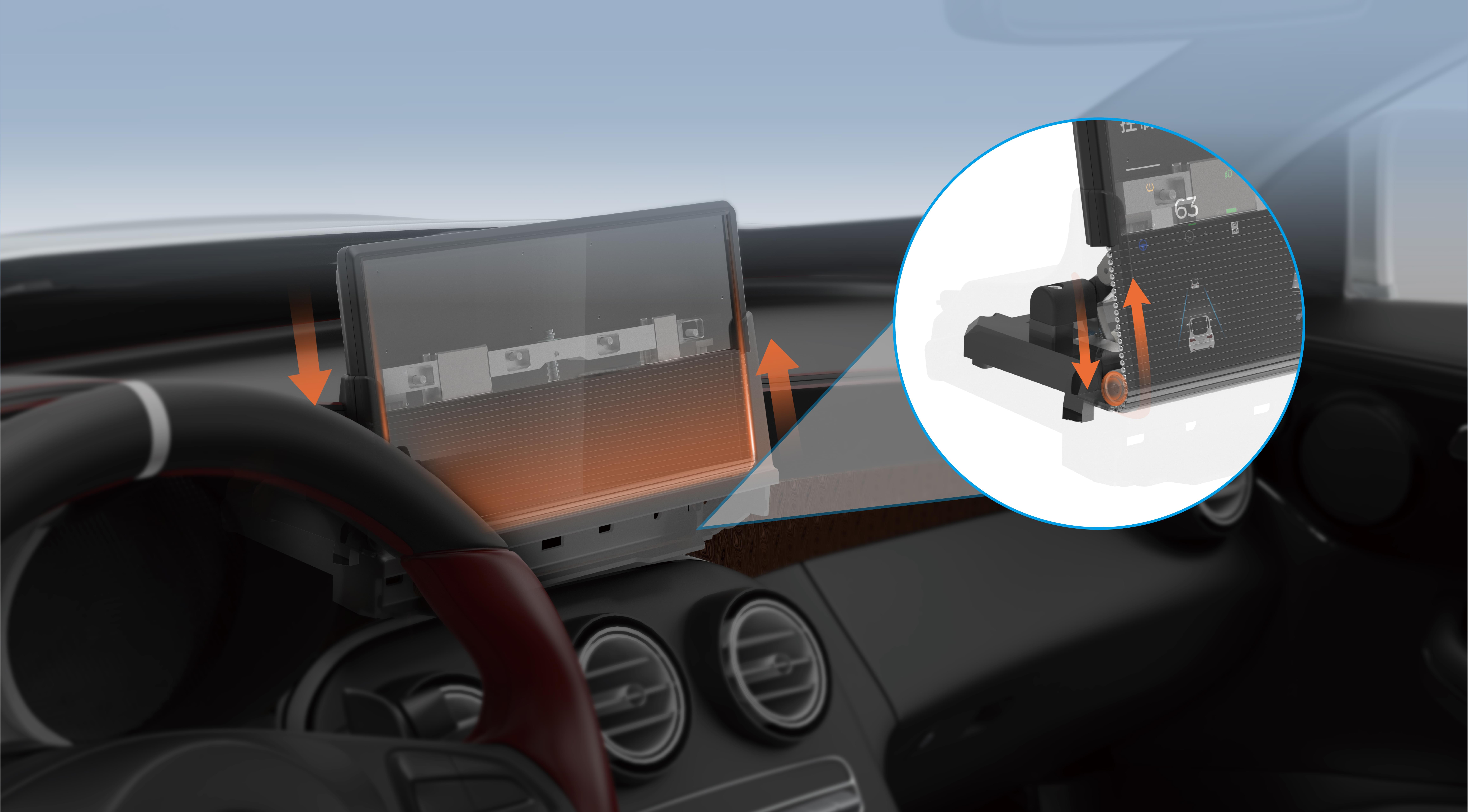In the bustling realm of modern industry, where minute precision makes the difference between success and failure, servo motors and drivers stand as silent heroes—powerful, versatile, and essential. Their combined strength fuels a vast array of applications from robotic arms in manufacturing to precision CNC machining, from aerospace instrumentation to biomedical devices. But what makes these components so extraordinary? To understand their allure, it’s helpful to delve into their fundamental nature and the symbiotic relationship they share.

At its core, a servo motor is a rotary or linear actuator that allows for precise control of angular or linear position, velocity, and acceleration. Unlike simple motors that merely run from start to finish, servo motors are designed for fine-tuned control, capable of responding to complex signals and delivering high performance with remarkable accuracy. This precision is achieved through feedback systems—most commonly encoders—that continually tell the motor its position, enabling real-time adjustments.
Imagine a robotic arm assembling tiny microchips. Every movement must be executed flawlessly, down to fractions of a degree. Here, the servo motor shines, translating control signals into exact movements. It’s like having a highly skilled surgeon’s hand—steady, precise, and dependable. But such finesse doesn't happen by magic; it requires an equally sophisticated supporting component: the servo driver.
The servo driver is the brain behind the operation. It interprets commands from a control system, applies the necessary voltage and current to the motor, and interprets feedback signals to ensure the motor's output matches the desired performance. Think of it as a conductor leading an orchestra—adjusting tempo, volume, and intensity in real-time so that all elements harmonize perfectly. Without the driver, the servo motor remains a powerful but uncoordinated musician.
One of the most compelling features of servo systems is their closed-loop control nature. Unlike open-loop systems, which rely solely on initial commands without feedback (think of a basic electric fan), closed-loop systems constantly monitor performance and automatically correct discrepancies. This results in exceptional accuracy, repeatability, and efficiency—traits that are tremendously valuable in high-stakes, precision-demanding environments.
In the industry, advancements in servo motor technology have been incredible. High-performance servo motors are now crafted using rare-earth magnets and advanced winding techniques, boosting power density and responsiveness. Meanwhile, modern servo drivers have evolved from bulky, analog boxes into sleek, digital control units embedded with intelligent algorithms.
These intelligent algorithms, such as Field-Oriented Control (FOC) and sinusoidal control, optimize motor performance, reduce energy waste, and extend lifespan. They help in minimizing vibrations, noise, and overheating—common pitfalls in less sophisticated systems. Additionally, many servo drivers now feature fail-safe modes, diagnostic capabilities, and integration options that make them indispensable in complex automation setups.
One captivating aspect of servo systems is their adaptability, which spans industries and applications. For instance, in robotics, servo motors provide the finesse needed to handle delicate components or perform repetitive tasks with consistent accuracy. In CNC machinery, they enable intricate designs and complex shapes that would be impossible with simpler drives. Even in renewable energy sectors, such as wind turbines and solar trackers, servo motors enhance efficiency by precisely adjusting angles and positions.
The synergy between servo motor and driver also enables dynamic performance tuning. Operators can program specific parameters—like speed, torque, and position limits—and have these settings consistently honored during operation. This flexibility allows for rapid adaptation to new tasks or products, reducing downtime and increasing productivity.
In terms of energy efficiency, servo systems are champions. Their ability to operate only as hard as necessary, combined with intelligent control algorithms, enables significant power savings—particularly during partial load conditions. Plus, their regenerative braking capability can feed energy back into the system, further reducing waste and enhancing sustainability.
But what’s next for servo motors and drivers? The future seems to be trending toward even smarter, more integrated systems. IoT connectivity is making servo systems highly versatile, capable of remote monitoring, predictive maintenance, and seamless integration into larger automated networks. Machine learning algorithms are starting to optimize performance in real-time, adjusting parameters dynamically for maximum efficiency and longevity.
However, with this rapid evolution, understanding the core principles remains critical. Selecting the right servo motor and driver involves considering load requirements, environmental conditions, speed and torque ranges, and control complexity. Proper sizing and integration are paramount, lest the system become inefficient or unreliable.
In summary, the world of servo motor and driver technology is a fascinating blend of mechanical ingenuity and electronic mastery. These components form the backbone of modern automation, delivering unmatched precision and adaptability. As industries continue to demand higher performance and smarter solutions, servo systems stand ready to propel us into an exciting future of innovation and excellence.
Kpower has delivered professional drive system solutions to over 500 enterprise clients globally with products covering various fields such as Smart Home Systems, Automatic Electronics, Robotics, Precision Agriculture, Drones, and Industrial Automation.




































